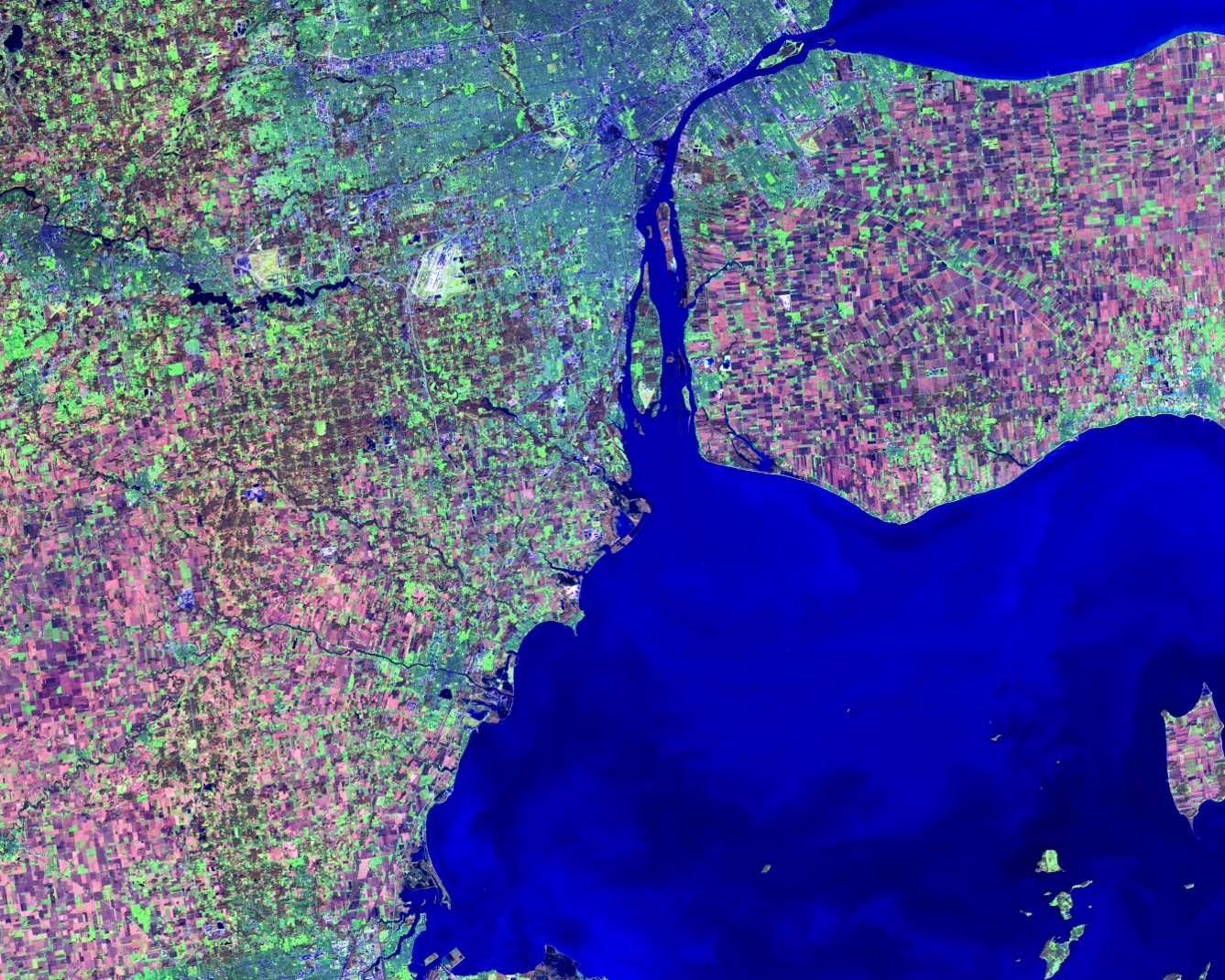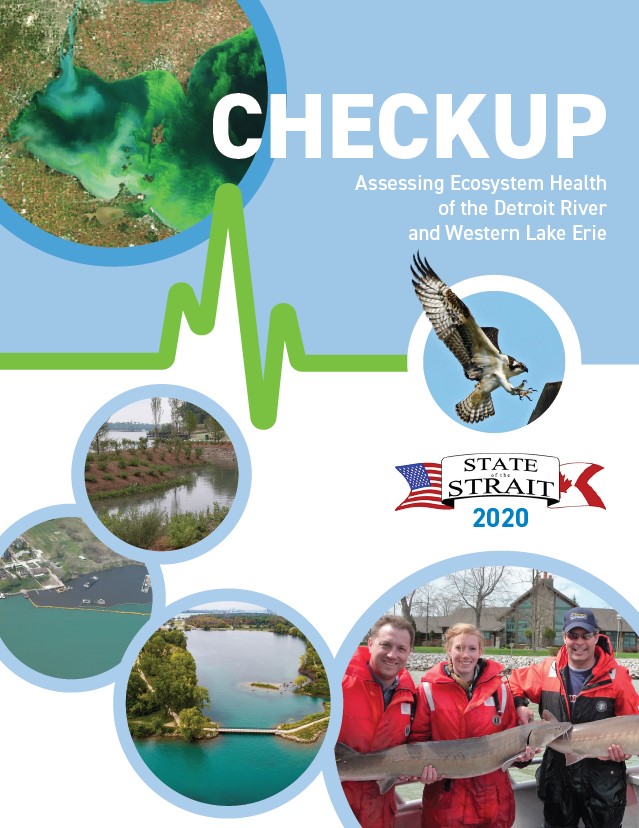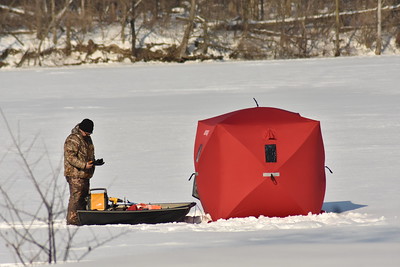
Great Lakes Moment is a monthly column written by Great Lakes Now Contributor John Hartig. Publishing the author’s views and assertions does not represent endorsement by Great Lakes Now or Detroit Public Television.
If the Detroit River and western Lake Erie were patients undergoing their annual exam, a doctor would probably say, “I have good news and bad news about their health.”
The good news is that there are signs of improving ecosystem health including the return of creatures like bald eagles, peregrine falcons, osprey, lake sturgeon, lake whitefish and beaver. The bad news is that there is evidence that these aquatic ecosystems are facing eight health challenges:
- climate change;
- eutrophication and algal blooms;
- toxic substance contamination;
- invasive species;
- habitat loss and degradation;
- nonpoint source pollution or runoff from agricultural lands and urban areas;
- human health and environmental justice; and
- human population growth, transportation expansion and land use changes.
Those are the findings of a nearly three-year effort to evaluate long-term trends of 61 indicators of ecosystem health of the Detroit River and western Lake Erie. More than 40 organizations contributed individual indicator reports and more than 200 people participated in the 2019 Canada-United States State of the Strait Conference at the University of Windsor to discuss these indicators and to begin a comprehensive assessment of ecosystem health. 
Ecosystem health is a term used by scientists to describe the condition or state of an ecosystem. Although there has been considerable improvement in the health of the Detroit River ecosystem and a surprising and heartening recovery of biota since the 1960s, much additional cleanup and restoration needs to be undertaken to restore the region’s physical, chemical and biological integrity as called for in the Canada-U.S. Great Lakes Water Quality Agreement. Western Lake Erie is now at risk of crossing several potential tipping points caused by the interactions of several drivers and stresses.
The report notes that climate change is the most pressing environmental challenge of our time. Indeed, addressing any of the eight environmental and natural resource challenges identified in the report is demanding, but mitigating them all at once and in the face of the climate change crisis is daunting.
Climate change will make the scientific understanding of many of the other environmental and natural resource challenges more difficult and will make solving them more complicated. Indeed, climate change has been called a “threat multiplier” where warmer, wetter and wilder climatic conditions amplify other threats like harmful algal blooms, combined sewer overflow events, species changes, poor air quality effects on vulnerable residents and more.
“This report is an excellent example of synthesis of science to comprehensively assess ecosystem health and of strengthening science-policy linkages in support of ecosystem-based management,” notes Dr. Mike McKay, executive director of University of Windsor’s Great Lakes Institute for Environmental Research. “Further, this report showcases how the intellectual capital of this binational region can be leveraged to help understand and address the region’s most pressing environmental and natural resource challenges.”
The report makes recommendations on next steps for each of the eight environmental and natural resource challenges identified. It advocates that governments, resource management agencies and other stakeholder groups continue to place a high priority on setting science-based, quantitative targets for ecosystem integrity or the ability of an ecosystem to support and maintain ecological processes and a diverse community of organisms. Long-term monitoring is essential to practice adaptive management that assesses state or health of an ecosystem, sets management priorities and implements management actions in an iterative fashion for continuous improvement. The report concludes that without a commitment to science-based, quantitative, target setting and long-term monitoring, natural resource managers are flying blind.
The report notes that the Detroit River and western Lake Erie are microcosms of human use and abuse of the Great Lakes and should be viewed as a “proving ground” for restoring ecosystem health and integrity and advancing ecosystem-based management. Therefore, it concludes that further investment in this Canada-United States State of the Strait network is warranted.
Finally, we must remember that we are all part of our ecosystem and what we do to our ecosystem we do to ourselves. Therefore, ecosystem health should be everyone’s business.
For more information about this just released report titled “Checkup: Assessing Ecosystem Health of the Detroit River and Western Lake Erie” click here.
Great Lakes Now Contributor John Hartig is one of the authors of the State of the Strait report.
He is a board member at the Detroit Riverfront Conservancy. He serves as the Great Lakes Science-Policy Advisor for the International Association for Great Lakes Research and has written numerous books and publications on the environment and the Great Lakes. Hartig also helped create the Detroit River International Refuge, where he worked as the refuge manager until his retirement.
Read more Great Lakes Moments on Great Lakes Now:
Great Lakes Moment: Cleanup of contaminated river sediment begins at old Uniroyal site
Great Lakes Moment: A tribute to Guy O. Williams, environmental justice champion
Great Lakes Moment: Warmer, wetter, wilder
Roller Coaster: Michigan’s long history with environmental contamination
Great Lakes Moment: Investing in pollution prevention and restoration pays off
Featured image: Detroit River and western Lake Erie (Image credit: NASA)




